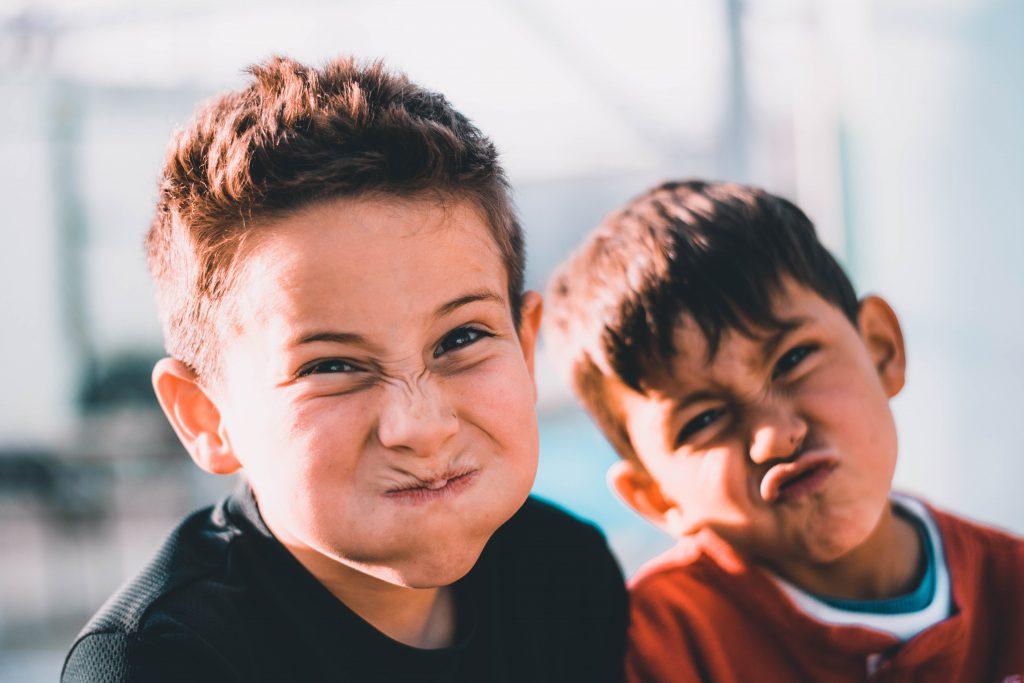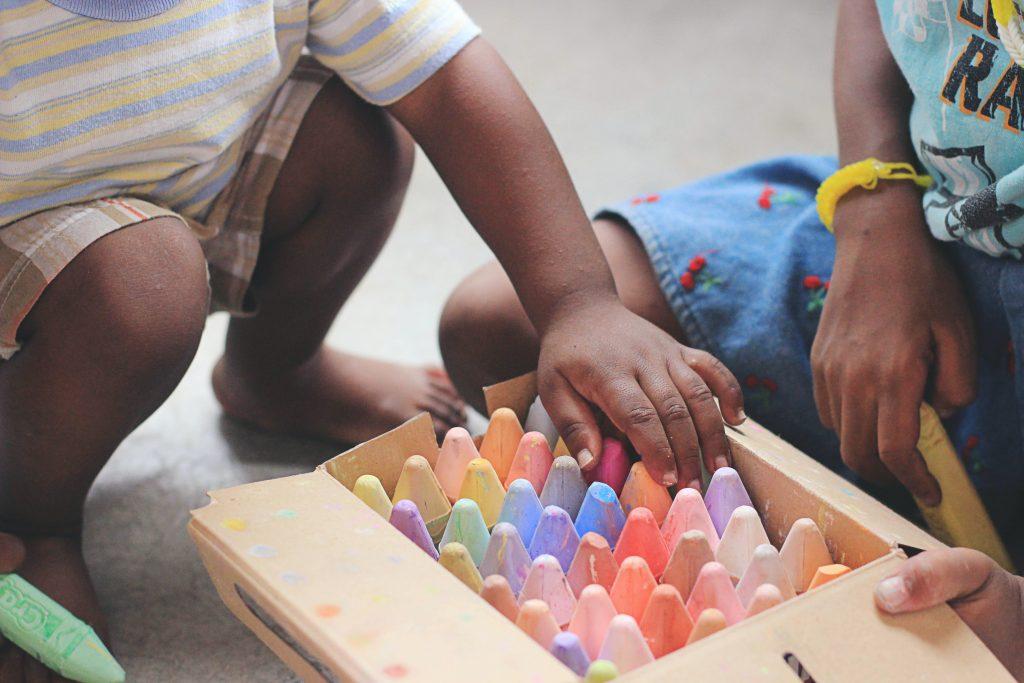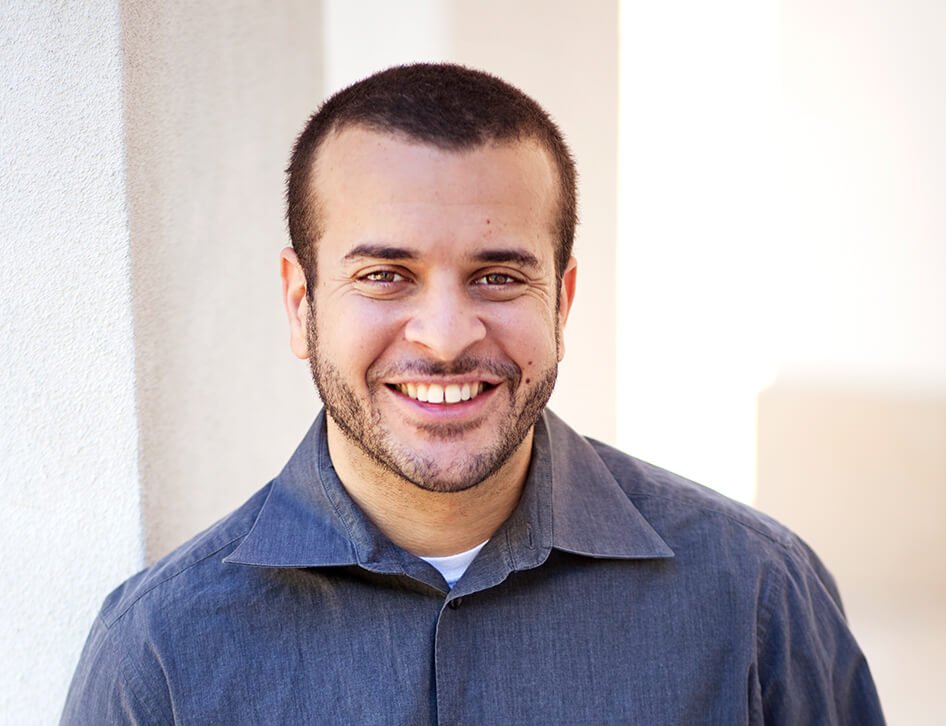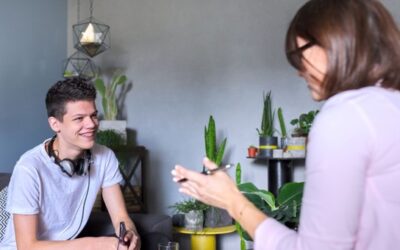Are you wanting to help your child express emotions without tantruming? Dealing with your child’s tantrums can be one of the most frustrating situations as a parent. Seeing your child yell, scream and throw things—usually over something that seems so minor—can leave you feeling confused and worn out. It can feel like you are walking on eggshells trying to do everything you can to avoid your child getting angry. Despite your efforts, your child’s tantrums keep popping up.
Now you’re finding yourself frustrated at the constant tantrums. You recognize that you’re running out of patience and your own anger is becoming more apparent.
Something isn’t working, but feel stuck about what else you can do.
You want your child to learn yelling, screaming, throwing things is not ok. Sometimes the alternative feels like you are telling our kids all the reasons to not be angry or sad. You may find yourself using phrases like “it’s not a big deal,” “just wait until later,” or “there’s no reason to cry,” knowing these are unlikely to help your child calm down.
The truth is when these tantrums are happening your child does feel angry, sad, and overwhelmed. If your child’s tantrums seem constant and ‘over the top,’ it’s very likely he or she is struggling to manage how intense these negative emotions feel. It will be less beneficial, especially in those moments, to focus on if they ‘should’ be feeling this way, and instead move toward helping them learn what they can do with these feelings.
Often, we focus on how we can address our kids’ tantrums when they happen, but we sometimes neglect helping our kids learn different ways to express their feelings. Especially their angry feelings.

Have you ever wondered, “how is a child supposed to be angry?” The goal for kids can’t be, “don’t get angry,” but it can be to learn there are many ways to express that anger in a healthy way.
Tip one for helping your child learn to express emotions without tantruming: Model, model, model!
For better or worse, our kids learn from what they see us do. This is no different when it comes to expressing emotions. At our home, we recently got a reminder of this when our 3-year-old daughter let out a long sigh followed by, “I’m so stressed out.” In that moment, my wife and I immediately knew the long sigh sounded a lot like me and her, “I’m so stressed out,” was something she heard my wife say the day before. It was a funny reminder that our kids are watching and learning from us.
This means our kids are also learning from us when we raise our voices, yell, and punish them. Even though the things that get us frustrated as parents may be more ‘justified,’ we shouldn’t be surprised when our kids respond to their own anger in the same way.
Finding times to express your own frustration in healthy ways is one of the biggest things you can do to help your child learn how to do the same.
In child therapy in Simi Valley, Ca we work with the whole family. During a child’s therapy program, working with parents to explore their own frustrations, difficulties with managing emotions, and vision for their family can be a huge catalyst in creating change at home. Parents learning how to be more aware and in control of their own internal reactions can help their child learn to do the same.

Tip two for helping your child learn to express anger with tantrumming: Practice other options.
There’s no one “best” way for kids to express anger. We already discussed all the things we don’t want our kids to be doing when they are angry. It can be valuable to explore with your child new ways to express anger. There is little-to-no chance of this being successful when your child is already angry, so it is important to talk to them about what this can look like before anybody is frustrated. Remember, just as we talked about in ‘tip one,’ the most effective way to encourage your child to start making these changes is to find times for you to model them yourself.
In child therapy at Simi Psychological Group we work with families to discover effective strategies that can be helpful at home. By practicing during sessions and including parents during this practice, we can start seeing more openness from children in exploring these options at home.
Here are some favorite options for families we work with:
Change your language:
This one often helps parents recognize what angry language sounds like at home, and start thinking about ways to shape it towards what they envision for their family. For example, recognizing how often things like, “stop that!” “I already told you…!” etc. are being said can help things shift toward language such as, “I’m feeling frustrated that…” As parents are doing this, children start to learn how to do so as well. This can then help children feel more successful and heard by others even when they are angry. For example, as a parent, you will be much better able to respond to “I’m mad!” vs. “I hate you!”
Build a fort:
For many children (and adults), it is less of a choice to not get angry and more of a choice about where to “put” that anger. Using analogies such as a ‘tidal wave,’ can help kids remember that anger is temporary, although it can be intense. Building a fort for when anger pops up can help kids feel safe and in control as their anger passes. Sometimes, it helps kids to know parents aren’t going to come in or even try to ask questions while they are in the fort. Instead, it’s up to the child to be ready to come out. Having a safe space when angry can help avoid intense arguments with your child, limit aggression, and lessen other difficult behaviors.
Draw your anger:
Another effective strategy can be encouraging your child to draw his/her anger (again, you should try and model this or practice well before anybody is actually angry). Drawing can be less demanding than verbally expressing feelings, especially for kids. Whether these drawings are just angry scribbles on paper or a picture of what is making them angry, drawing allows a child to have an outlet for anger and can be a healthy form of expressing anger.

Tip Three for helping your child express emotions without tantrumming: Let change be an imperfect process.
Your child is already doing what feels natural to him/her. It’s likely this level of anger is coming automatically for them. What we are talking about here is essentially unlearning that automatic response and starting to replace it with something more healthy. If you are hoping this to be an immediate change, you’re likely to end up disappointed. The same is true for your child. If your child is having frequent anger outbursts, chances are they’re already not feeling good about this. Sending the message that making these types of changes can be hard and that you’re proud of the effort you are seeing can help a child face the imperfect process of making changes without giving up.
During child therapy sessions at Simi Psychological Group, we work with our clients to accept imperfection. With kids, using examples from their favorite superheroes or characters, or modeling during games can help instill this message. Working with parents to allow themselves also to be imperfect can be a big factor in effectively helping their children take in the same message.
Tip Four: Point out the small ‘wins.’
If change will be an imperfect process, then we certainly want to make sure we recognize movement in the right direction—even small movement. Remember, the goal is to express anger, and that will mean anger is still sticking around.

If you think about where your child is now, what does small movement in the right direction look like?
Maybe it is yelling “I’m mad!” instead of something hurtful. Or maybe it’s stomping up to his room and shutting the door instead of hitting. It can be recovering more quickly from tantrums or coming to apologize after. There are many examples of movement in the right direction if you are looking for it. Pointing these out to kids, and to yourself, can help keep the process moving in a positive direction.
At Simi Psychological Group, we work with children and their families to recognize life’s small successes. Both children and parents can sometimes adopt “all-or-nothing,” thinking. Learning to allow some difficulties to continue to exist, while also recognizing examples of these issues lessening or improving, can help produce the change you are looking for.
Dealing with frequent tantrums at home can be exhausting. Know that there are ways to help your child learn healthier options to express feelings. By modeling what this can look like, getting creative in practicing alternative options, being patient, and recognizing when things are moving in the right direction you can help both your child and yourself. You don’t have to go about it alone. We are here to help!
Written by,
John Danial, Ph.D.

I am dedicated to going through the changing process with you and your family, working together toward the goals and aspirations you have for yourself, your child, or your family. I encourage all clients to challenge their negative thoughts and recognize harmful patterns and start by helping them develop meaningful goals and areas in their life they would like to see change. Learn more
Therapy services offered at Simi Psychological Group
Now Offering Online Therapy in Los Angeles and Online Counseling Ventura County
At our therapy practice in Simi Valley, Ca we offer Child therapy and family counseling, Teen therapy, Anxiety Treatment, Depression Therapy, Marriage Counseling, and Neuropsychological Testing.

Dr. Novak is the group practice owner and licensed psychologist at Simi Psychological Group a therapy practice in Simi Valley, California. Simi Psychological Group offers a variety of services including trauma therapy, couples therapy, anxiety therapy, teen therapy, and more. Simi Psychological Group emphasizes the importance of creating real change by making sure to get to the root of your struggles.




